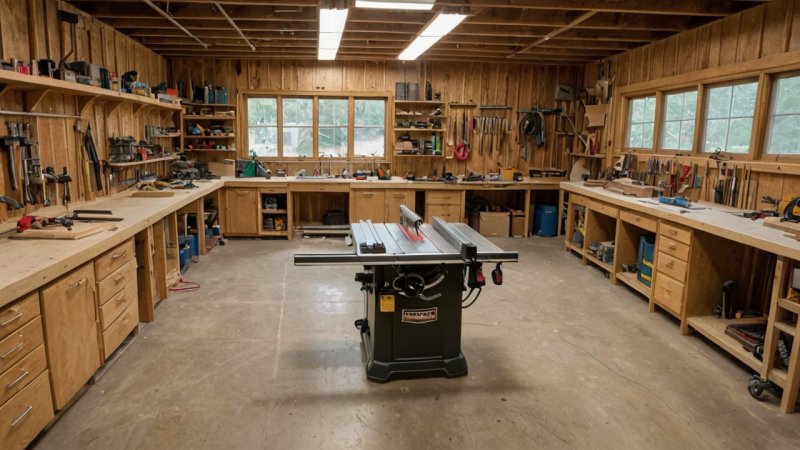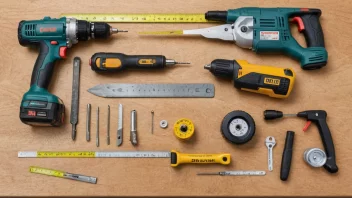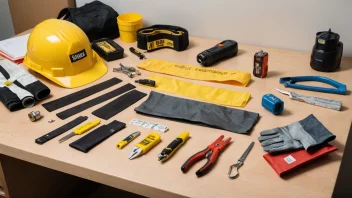Operating a table saw can be intimidating for beginners, but mastering this powerful tool opens up a world of possibilities for woodworking projects. Whether you're looking to build furniture, create custom cabinetry, or simply tackle home improvement tasks, understanding how to safely operate a table saw is essential. This guide will walk you through the fundamental aspects of using a table saw effectively and safely, ensuring you get the most out of this versatile equipment.
1. Understanding the Components
Before you even turn on your table saw, it's crucial to familiarize yourself with its components. Knowing the parts and their functions helps you operate the saw more efficiently and safely. Key components include:
- Blade: The cutting tool that slices through the material.
- Table: The flat surface where you place your workpiece.
- Fence: A guide that helps keep your cuts straight and accurate.
- Guard: A safety feature that minimizes exposure to the blade.
- Riving Knife: A safety device that prevents the wood from pinching the blade.
2. Safety First: Essential Gear
Safety should be your top priority when operating a table saw. Always wear appropriate personal protective equipment (PPE) to minimize risk. Essential safety gear includes:
- Safety Glasses: Protect your eyes from flying debris.
- Hearing Protection: Safeguard your ears from the loud noise of the saw.
- Dust Mask: Avoid inhaling sawdust and other particles.
- Non-Slip Footwear: Ensure stability while operating the saw.
3. Setting Up Your Workspace
A well-organized workspace can significantly enhance your safety and efficiency. Consider these setup tips:
- Clear Surroundings: Remove any clutter or obstacles around the saw.
- Stable Surface: Ensure the table saw is on a stable, level surface.
- Good Lighting: Make sure the area is well-lit for visibility.
- Proper Height: Position the saw at a height that is comfortable for you.
4. Proper Techniques for Cutting
Once you're set up, it's time to learn the proper techniques for cutting with a table saw. Here are some critical techniques:
- Measuring and Marking: Always measure twice and mark your cuts clearly.
- Using the Fence: Adjust the fence to ensure precise cuts.
- Feed Rate: Feed the wood into the blade at a steady pace to avoid kickback.
- Keep Hands Clear: Always keep your hands away from the blade's path.
5. Maintenance and Care
Proper maintenance of your table saw will ensure its longevity and performance. Regular care includes:
- Cleaning: Keep the table and blade free of sawdust and debris.
- Blade Sharpening: Ensure the blade is sharp for clean cuts.
- Lubrication: Lubricate moving parts as necessary to avoid rust and wear.
- Regular Inspections: Check for any signs of damage or wear before use.
In conclusion, mastering the safe operation of a table saw is an invaluable skill for any woodworking enthusiast. By understanding the components, prioritizing safety, setting up your workspace correctly, employing proper cutting techniques, and maintaining your equipment, you'll be well on your way to achieving impressive results. Remember, practice makes perfect, and with time, you'll gain confidence in using this essential tool.






